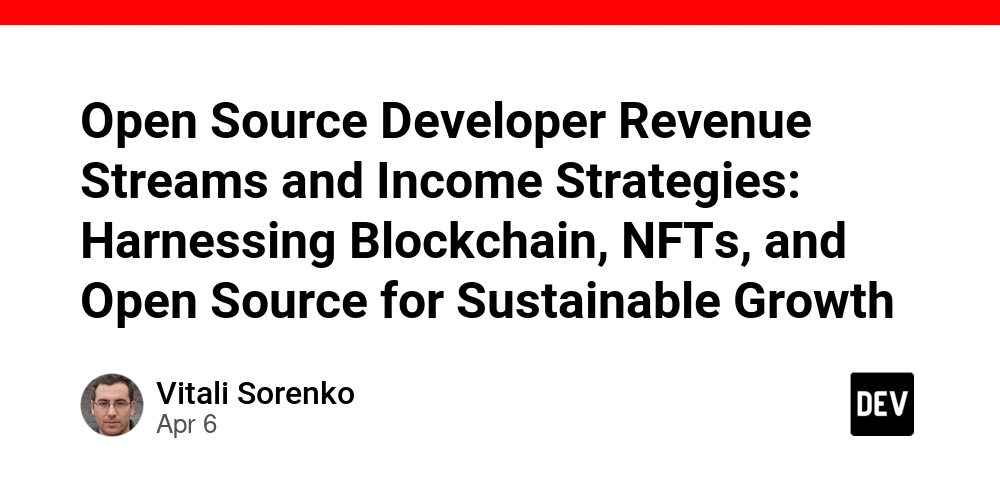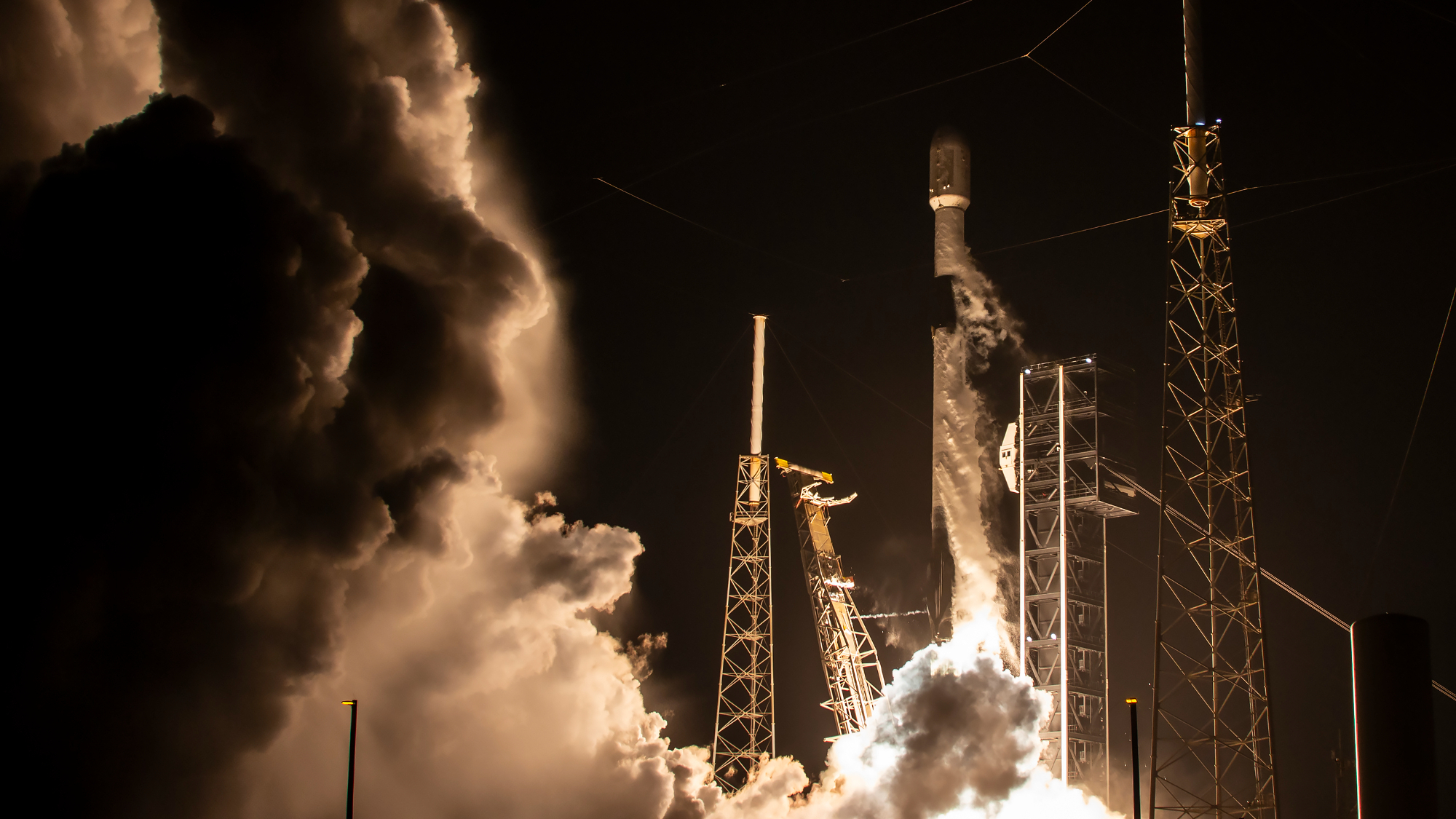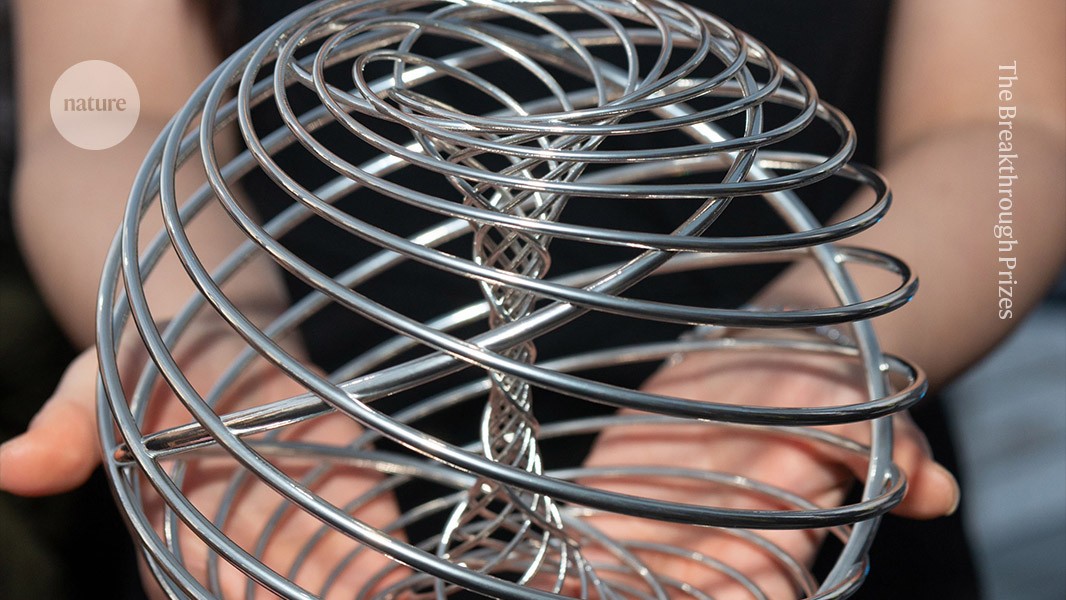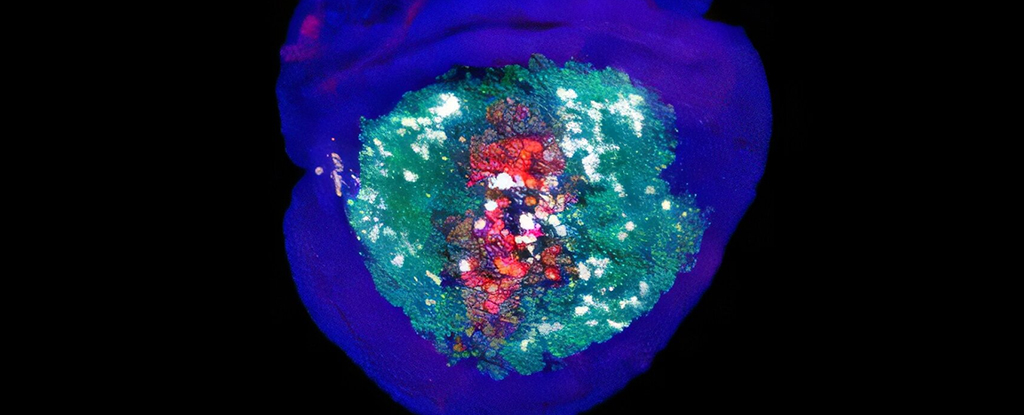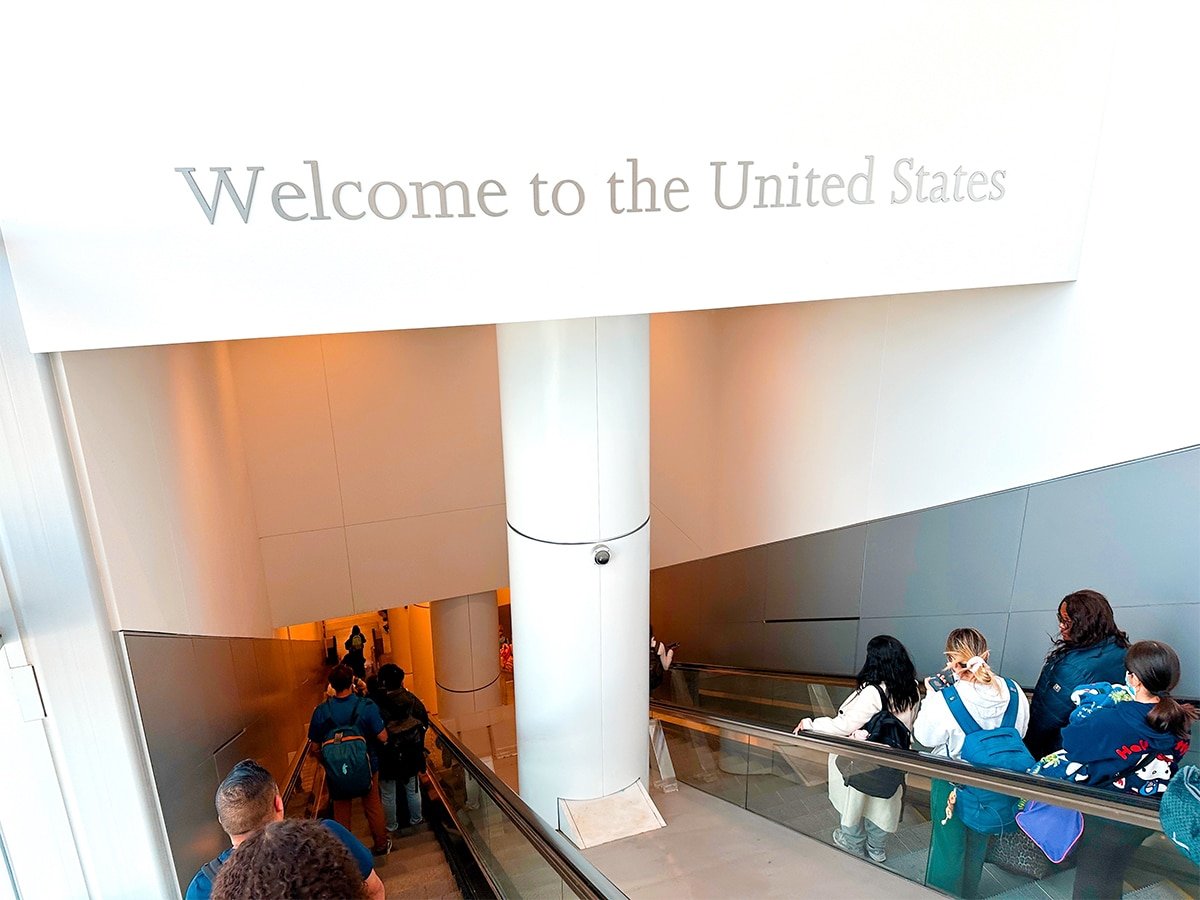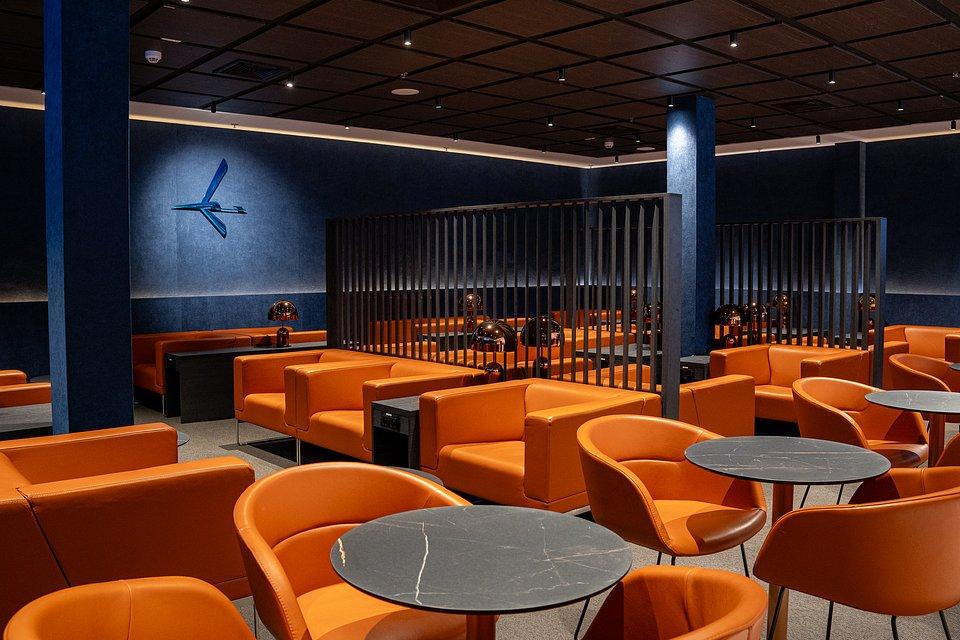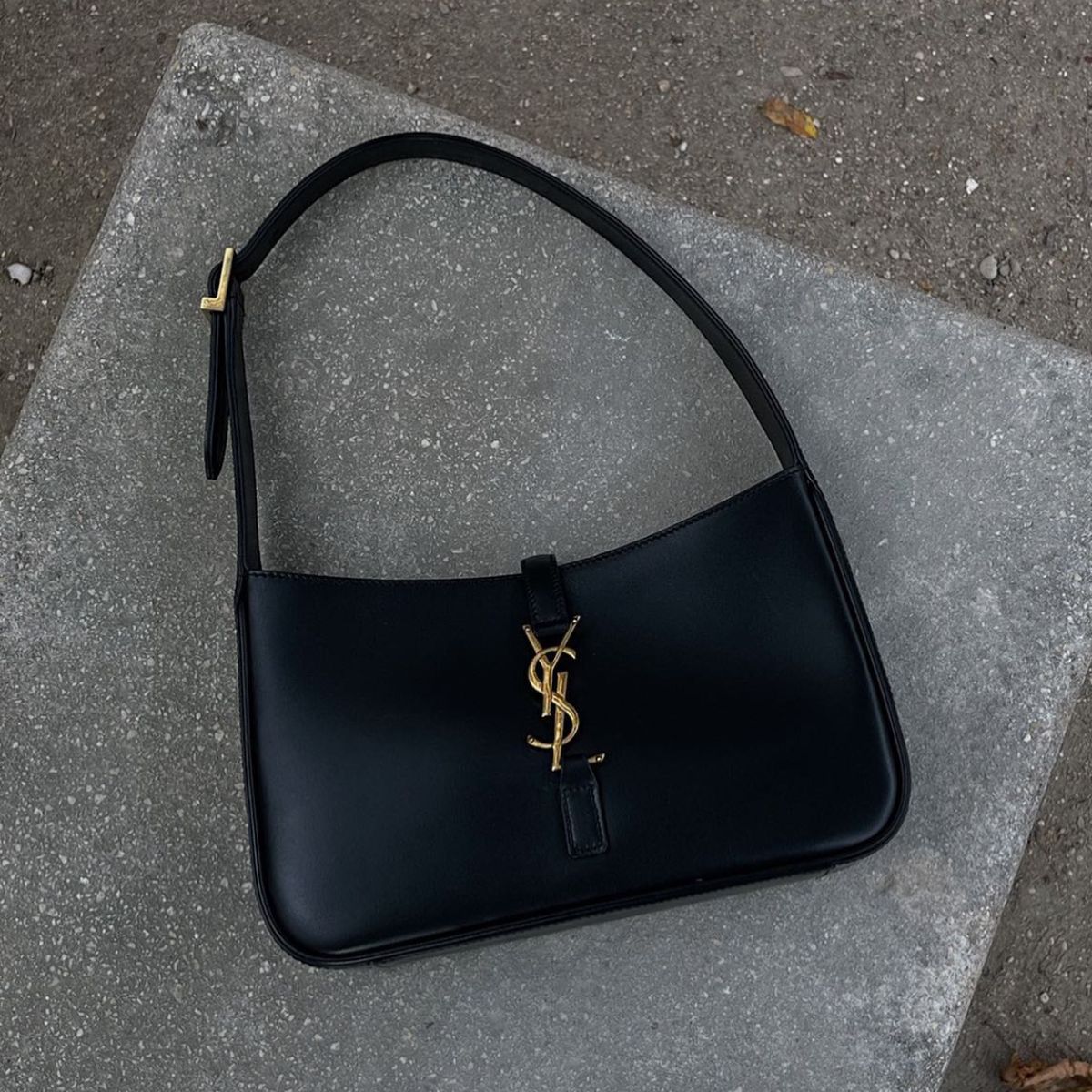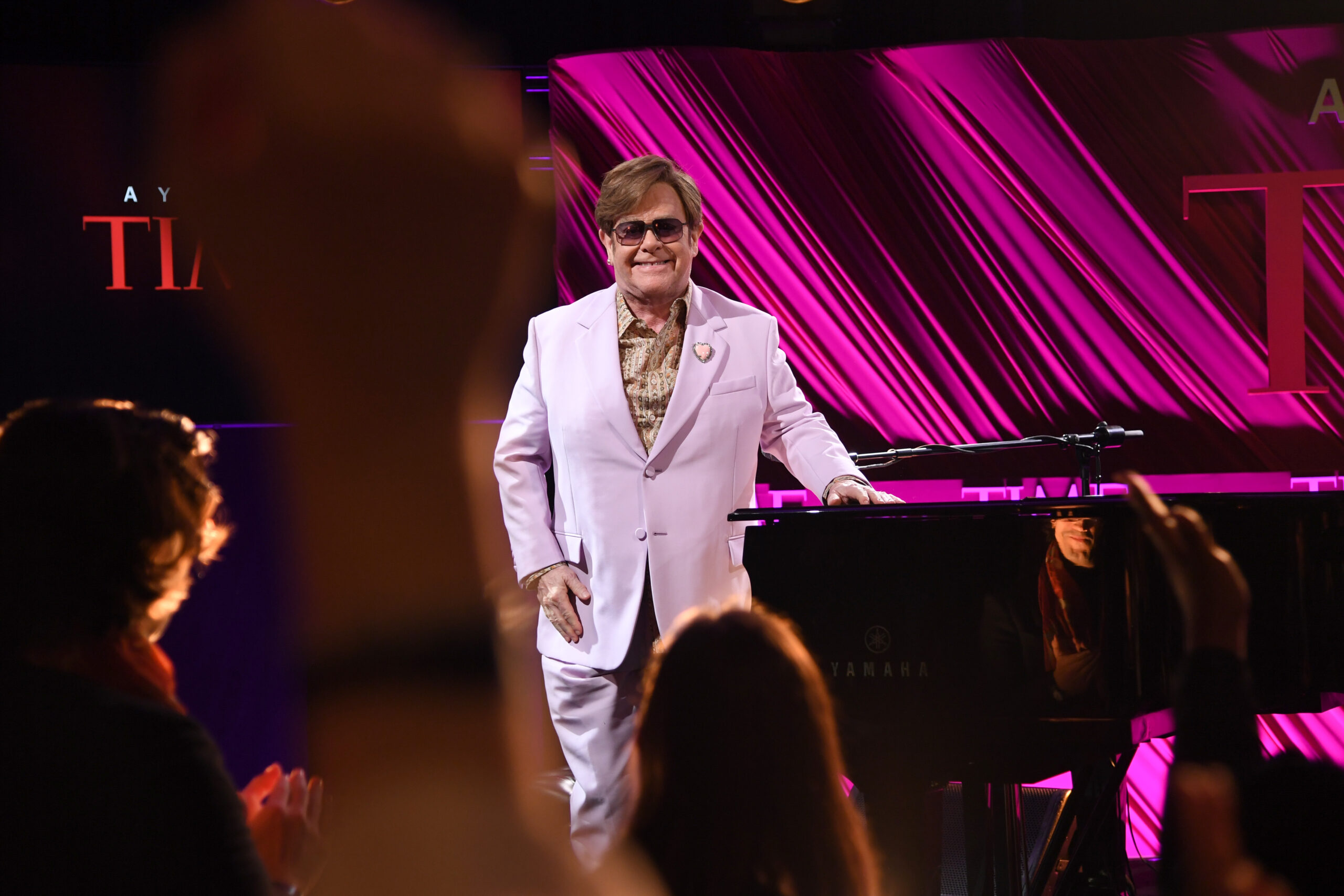This startup is reviving a Cold War-era 'sea monster' glider for modern logistics
Inspired by the Soviet Caspian Sea Monster, Poseidon Aerospace's Seagull uses low-altitude flight with 21st century tech upgrades.
Poseidon Aerospace
- Poseidon Aerospace emerges from stealth with its uncrewed seal glider dubbed the Seagull.
- Inspired by the Soviet Caspian Sea Monster, Seagull uses low-altitude flight to reduce drag.
- Poseidon plans to test the Seagull with the US Navy and Coast Guard this summer.
Like many startups, Poseidon Aerospace began with a niche obsession.
For friends-turned-cofounders David Zagaynov, Parker Tenney, and Isaac Baumstark, that fixation was the ekranoplan — a Soviet hybrid boat-plane developed during the Cold War-era that skimmed just above the water. The experimental military vehicle, dubbed the Caspian Sea Monster, hasn't operated since the 1980s. Still, its core principle — flying low over the sea to reduce drag and increase lift — stuck with the trio.
"We thought that this is incredible technology," Zagaynov told Business Insider. "Like, why isn't it around right now?"
In 2023, the cofounder trio sensed an opportunity to apply this underlying tech to another interest of theirs — cargo transportation and logistics. Within a year, it raised a $1.4 million pre-seed round led by Starship Ventures with participation from the Draper Startup House. And the company is currently hiring aerospace, mechanical, and composite engineers.
The San Francisco-based startup emerged from stealth this week with a video showcasing its first operational vehicle, Seagull, an unmanned, carbon fiber sea glider. Given its ties to the Caspian Sea Monster, Sean Hoge, the founder and general partner of Starship Ventures, classifies Poseidon as a "renaissance technology" company "building a technology that has previously been conceptualized or attempted at some other point in history," he wrote to BI in an email.
Poseidon's Seagull, like the Soviet-era vehicle, flies a few meters above the water. Pressurized air close to the water's surface reduces drag and increases lift, allowing the sea glider to carry more weight while using less fuel, Zagaynov said. With a 13-foot wingspan, the Seagull can carry about 100 pounds, making it suited for transporting high-priority goods like medical supplies.
The five-person company also hopes to work with the Defense Department on a range of use cases, Zagaynov said. It will also begin testing with the US Navy and Coast Guard this summer, he announced on X.
The Seagull is built with modern materials like carbon fiber and aerospace-grade composites, which makes it lighter and more durable than its Soviet predecessor. Instead of having a crew on board, the Seagull is operated autonomously by a modified version of two open-source autopilot systems, which is "industry standard for medium- to small-scale systems," Zagaynov said.
Since it is uncrewed, the Seagull doesn't contain a cockpit or life support systems, making it cheaper and easier to build.
Poseidon is also working on a larger model, the Heron, which will have a 50-foot wingspan and a two-ton payload capacity for cargo and contested logistics missions, according to its website. The team designs and manufactures the vehicles from its 15,000-square foot office in the Dog Patch in San Francisco, appropriately once a shipbuilding hub.
Other startups have also taken a crack at rebuilding something akin to the Caspian Sea Monster. Regent, a Founders Fund-backed startup based in Rhode Island, makes a large-scale sea glider that aims to replace ferries and short-haul aircraft. Poseidon Aerospace
Zagaynov caught the startup bug the way many of his peers did: "In high school, I watched the HBO show Silicon Valley, and that was incredibly inspirational," Zagaynov said. "I was like, oh, this is the craziest world ever. This is what I want to do."
His father, an immigrant who started his own software engineering firm, also imbued Zagaynov with an entrepreneurial spirit. Zagaynov went to UC Berkeley, where he studied computer science.
After graduating, he worked as a software engineer at Amazon for a year and met his cofounders through mutual friends. Before cofounding Posiedon, Tenney studied mechanical engineering at Cal Poly and worked at Lockheed Martin. Baumstark learned about entrepreneurship at a young age from his great-grandfather, the founder of Curtiss Candy Company, which made Butterfingers, and became interested in aerospace and hardware companies while growing up in northern Virginia.
"The founding team has the right energy that we look for in Starship founding teams," Hoge wrote in an email to BI. "I could tell they had embarked on their life's hero journey."





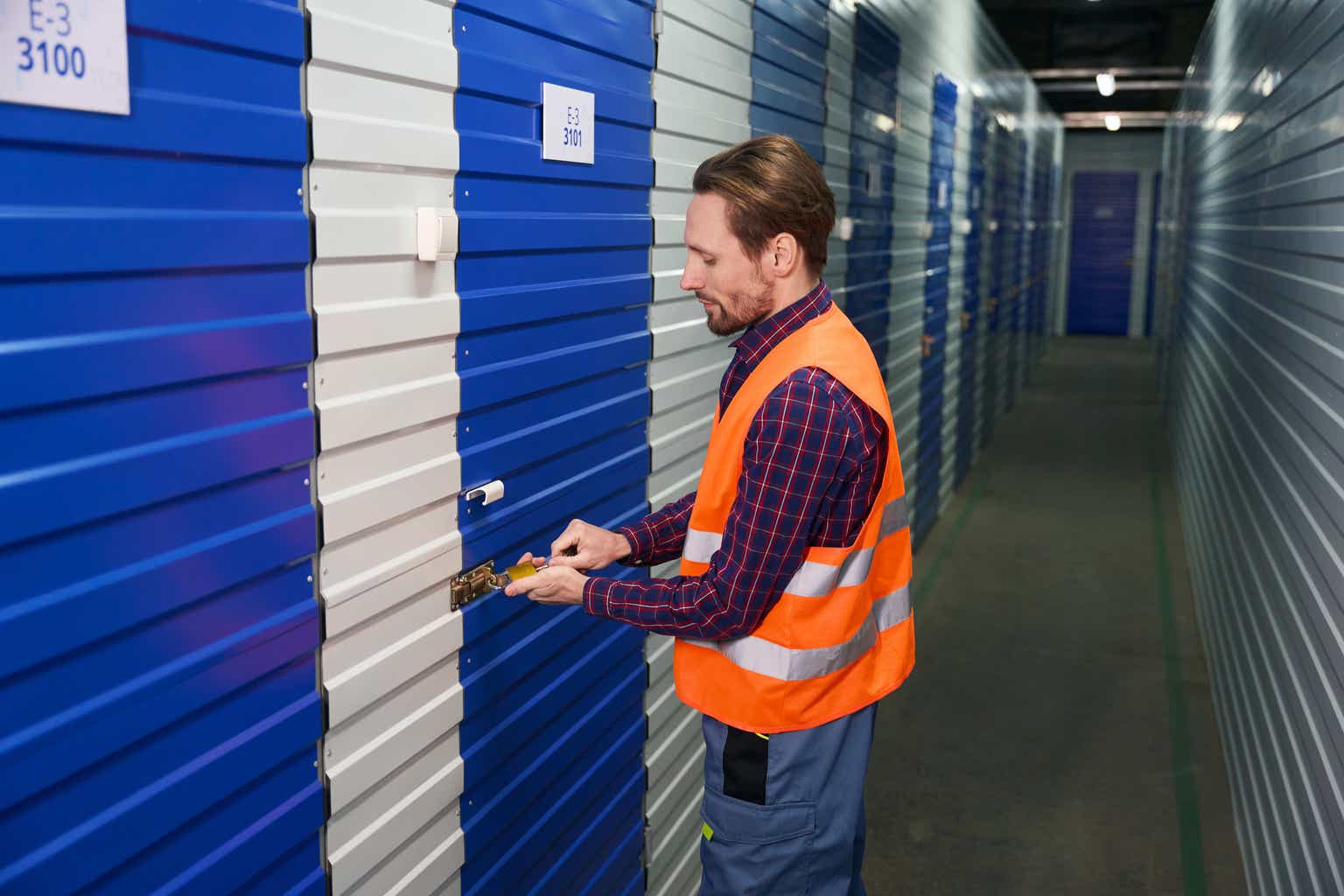







![MV vs MVVM in SwiftUI (2025): Which Architecture Should You Use? [Video]](https://media2.dev.to/dynamic/image/width%3D1000,height%3D500,fit%3Dcover,gravity%3Dauto,format%3Dauto/https:%2F%2Fdev-to-uploads.s3.amazonaws.com%2Fuploads%2Farticles%2F4xwiio2w16uru4xww4b1.png)
